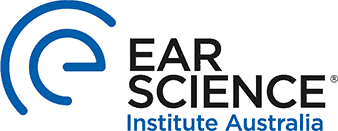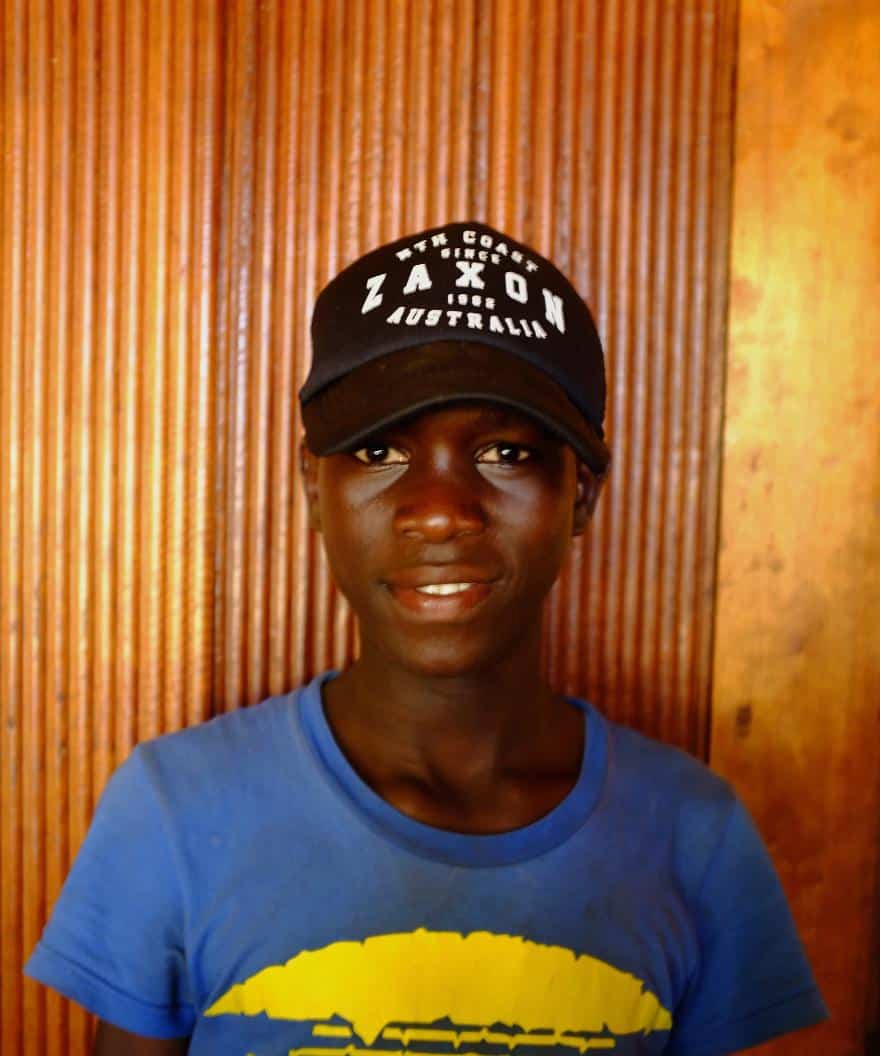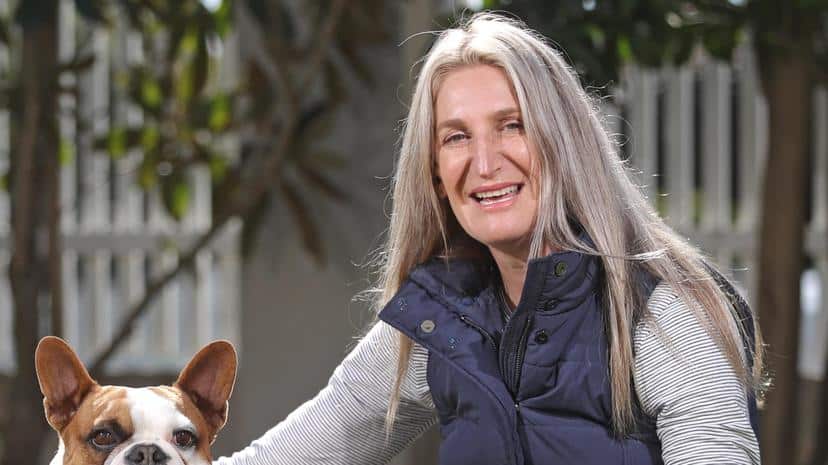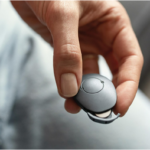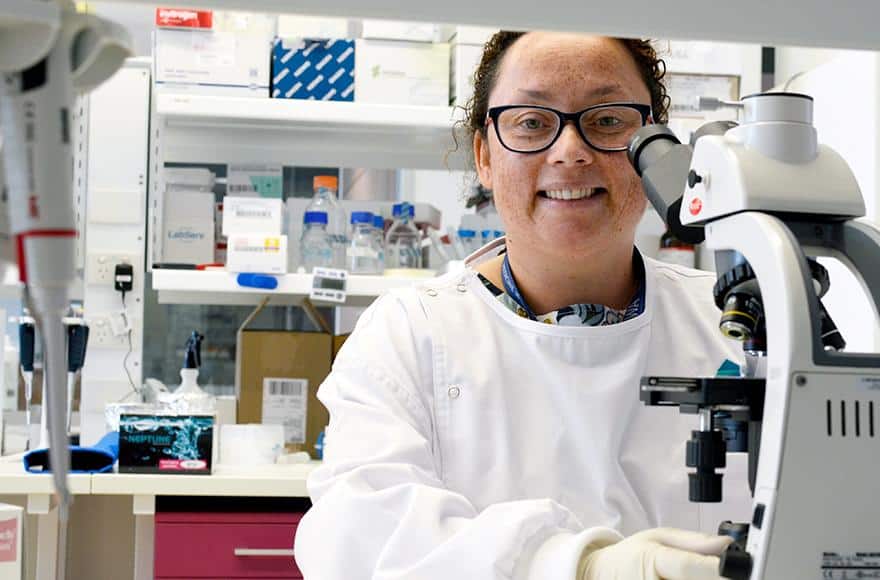Together with the team at Deakin University Fibre Hub, Associate Professor Rodney Dilley has had a paper accepted for publication on a new silk bio-ink for an improved ClearDrum® implant.
ClearDrum® is an implantable silk membrane that repairs damaged eardrums, similar in appearance and size to a contact lens. The patient’s cells grow over it, gradually repairing the drum as the implant naturally degrades. When complete, ClearDrum® will change thousands of lives for people living with painful ear perforations.
This new silk bio-ink means we can print finer and tougher structures which the patient’s cells can grow on more easily.
The paper is called Silk particles, microfibers and nanofibers: A comparative study of their functions in 3D printing hydrogel scaffolds and the journal is Materials Science & Engineering, Authors: Jun Zhang, Benjamin Allardyce, Rangam Rajkhowa, Sanjeeb Kalita, Rodney Dilley, Xungai Wang, Xin Liu
ClearDrum® in the media
Did you see the ClearDrum® story in the West Australian? Journalist Angie Tomlinson interviewed Associate Professor Rod Dilley about the invention last week.
“The eardrum usually heals on its own. It is a beautiful piece of delicate skin that can heal itself but in some people, it doesn’t heal, and we don’t really understand why,” Associate Professor Rod Dilley explains.
He says plenty of patients present with a perforated eardrum — most often after suffering middle ear infections as a child. As adults, they suffer infections regularly and have hearing loss.
Newly patented technology
Founding Director Professor Marcus Atlas, Associate Professor Rod Dilley and collaborators at Deakin University, Melbourne, have had a patent published for ClearDrum®.
This patent describes one of the breakthrough materials the team has developed for ClearDrum®, which is a significant improvement on current materials available.
